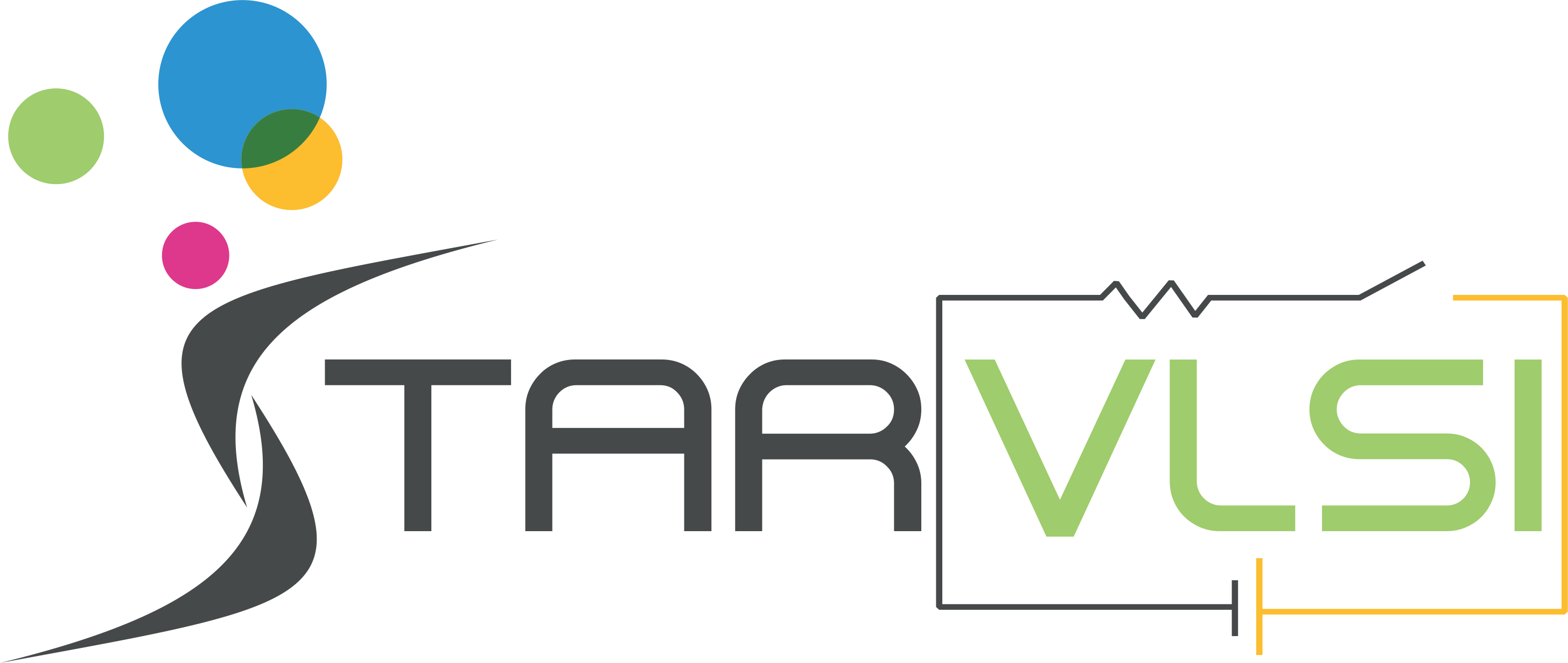In 2025, the semiconductor industry is witnessing unprecedented growth and transformation. Our daily lives heavily rely on electronic devices, but have you ever wondered how these devices are evolving so rapidly? The answer lies in VLSI (Very Large-Scale Integration) technology. VLSI is at the heart of modern electronic systems, driving innovations across industries. According to Gartner, the global semiconductor market is projected to reach $721 billion this year. With industries actively adopting this technology, enrolling in the best VLSI training at StarVLSI Institute is a strategic step for a successful career.
In this article, let’s explore what VLSI is, why it’s critical today, and the latest technologies shaping the semiconductor landscape.
Overview of VLSI
VLSI is the process of designing integrated circuits (ICs) that integrate millions, or even billions, of transistors on a single chip. This enables the creation of compact, high-speed, and highly efficient electronic devices. VLSI forms the backbone of modern electronics and plays a key role in enabling innovation.
Industries are continuously seeking high-performance, low-power, and miniaturized devices, making VLSI expertise more crucial than ever. Key sectors benefiting from VLSI include:
Consumer Electronics: Smartphones, laptops, tablets, and wearable devices.
Automotive Industry: Advanced driver assistance systems (ADAS) and autonomous vehicles.
Healthcare & Medical Devices: MRI scanners, AI-powered diagnostics, and wearable health monitors.
Why VLSI is Important in 2025
Miniaturization & High-Performance Devices
Modern VLSI trends allow for faster processing speeds and smaller device sizes. Portable electronics like smartwatches, tablets, and smartphones are made possible by this technology, which reduces component count and simplifies complex tasks.
Power Efficiency & Sustainability
Advanced VLSI designs optimize energy consumption through techniques such as:
Low-power design architectures to reduce processor waste.
Dynamic voltage scaling to manage power as per requirement.
Energy-efficient semiconductor materials to extend battery life.
5G & High-Speed Computing
Next-generation 5G networks and high-performance computing rely heavily on VLSI technology. Modern 5G chips enable ultra-fast wireless communication, while advanced processors and GPUs support cloud computing and AI workloads
Latest Technologies in VLSI
VLSI isn’t just about smaller chips; it’s about making electronics smarter and more efficient. The semiconductor industry is evolving rapidly with advanced technologies. Here are the top 3 trends in 2025:
1. AI & Machine Learning in VLSI Design
AI and ML are revolutionizing chip design, optimizing performance, and reducing power consumption. They assist in tasks like floor planning, routing, and layout optimization, while ML analyzes data to make smarter design decisions.
Benefits:
Speeds up chip design
Reduces human error in layouts
Minimizes design iterations and defects
2. Neuromorphic Computing
Inspired by the human brain, neuromorphic computing is reshaping how chips process information. It enables pattern recognition, adaptive learning, and real-time decision making, transforming industries like healthcare, robotics, and IoT.
Benefits:
Faster processing with lower energy consumption
Parallel task execution
Improved system efficiency
3. Quantum Computing
Quantum computing leverages quantum mechanics to solve complex problems much faster than traditional computers. Its applications include cryptography, optimization, and advanced simulations, opening new frontiers in semiconductor technology.
Benefits:
Speeds up circuit simulations
Detects manufacturing defects quickly
Enables next-generation semiconductor materials
Final Thoughts
Staying updated with the latest VLSI technologies is essential to thrive in the fast-evolving semiconductor industry. With innovations continuously shaping the future, StarVLSI Institute ensures that you gain the skills to stay at the forefront of this dynamic field.
Enroll today and be part of the VLSI revolution of 2025!




